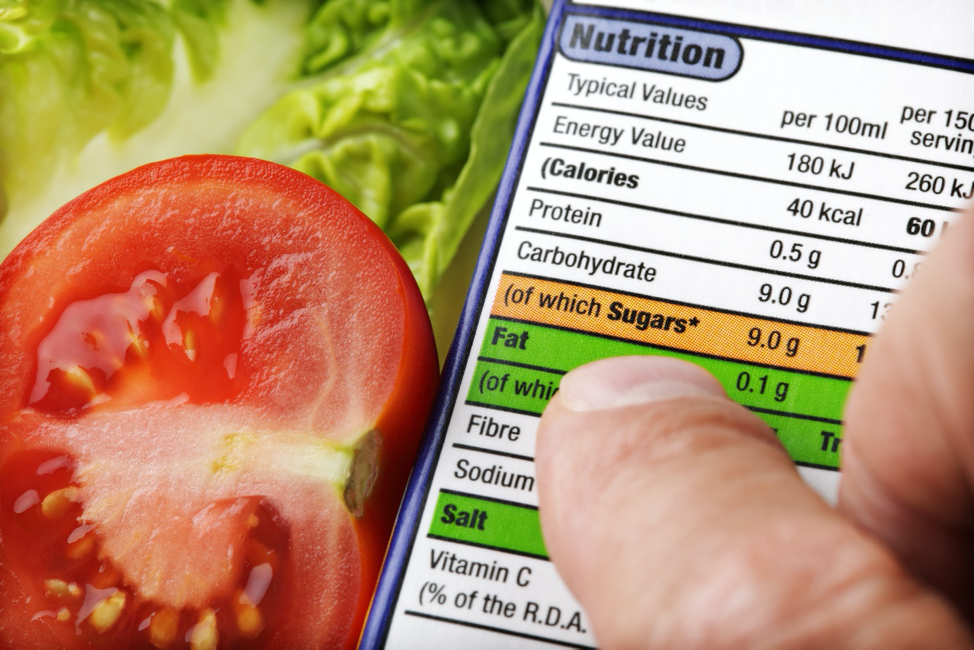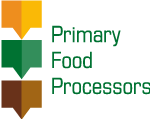Informing too much? Not enough? Or informing correctly!
To recycle a famous formula: "too much labelling kills labelling". The rules for food labelling in the EU were adopted in the large package of directives that led to the creation of the European Single Market. We are talking about the 1990s. At that happy time when everything was simpler, the labelling had to specify the weight, the caloric content per 100 g, the protein, carbohydrate and fat content. That was all and that was enough. Enough to understand the essential nutritional value of a product with few words and perfect readability.
The first complications quickly came with the double indication of energy content in calories and kilo joules. Is that necessary? Who understands the difference? Then - and particularly in the United States - the indication of a caloric content "per serve" (per portion). Since the actual portion is much larger than the indicated portion, this system, which is supposed to enlighten the consumer, is misleading.
Whereas in the past only ingredients accounting for at least 5% of the weight of the product had to be mentioned, everything must now appear on the label: ingredients, colourings, additives,... making it not only incomprehensible, but also unreadable especially in countries like Belgium with several national languages. In many instances, even with a magnifying glass, the labels are unreadable and the labelling no longer fulfils its role.
This is probably the reason why "we" invented colour codes. To put it simply, they are optional in use, of various origins (Traffic Lights System in the United Kingdom, NutriScore in France, and Keyhole in Sweden...) and claim by means of a colour code to guide the consumer towards the healthiest product. Everyone will understand that the green code is the healthiest, yellow and orange are considered more questionable in terms of nutrition. As for red: it is considered a "bad" food.
The problem, precisely, is that there is no "bad food" because food must be analysed as a diet combining the right proportions proteins, fats, carbohydrates, vitamins, with a caloric intake adapted to the individual rhythms of life.
The limitations of "colour code" systems quickly come to light when the following question is asked: What code do you assign to a jam jar? Or a chocolate bar? Either the answer is "I don't know" or it is "red" because it is a product with a high sugar content and therefore high calories. But how does eating a whole jar of jams in front of your TV set or preparing a slice of bread with a thin layer of butter/margarine and jam for breakfast qualify both as red? The whole jam jar is a bad practice, the slice a good nutritional practice.
Thus the apparently convenient "colour codes" are particularly misleading. The problem is not to inform too much (labelling) or not enough (colour codes), but to inform correctly. This right information would consist in returning to the fundamentals of labelling associated with better consumer education. This is a whole debate that should be relaunched at EU level. But it is an important debate that justifies a constructive dialogue between producers, industries and consumers.




